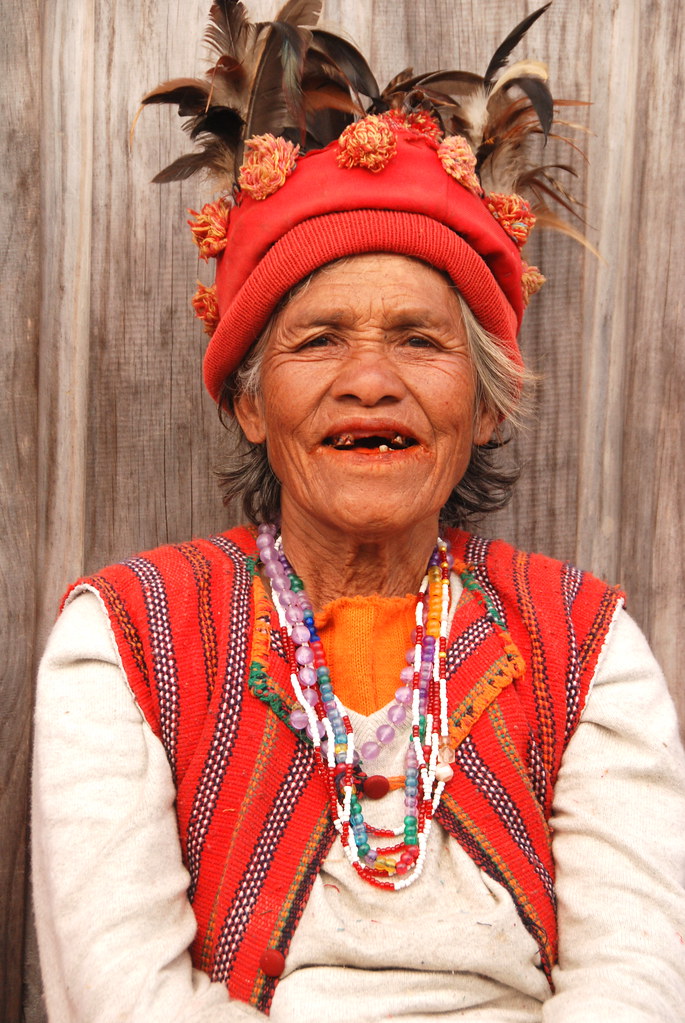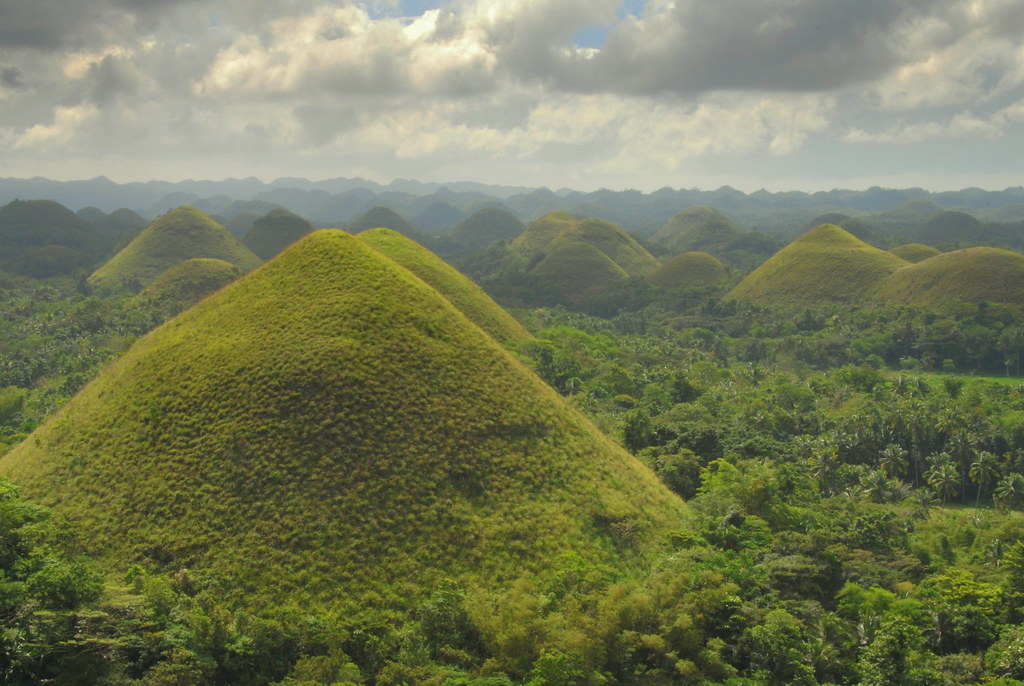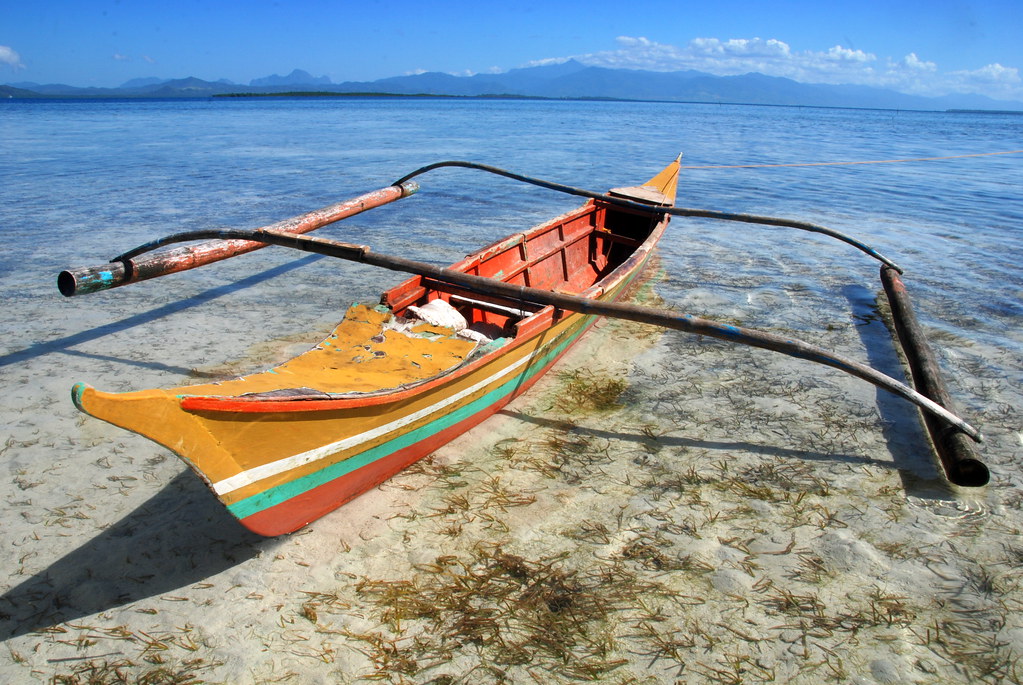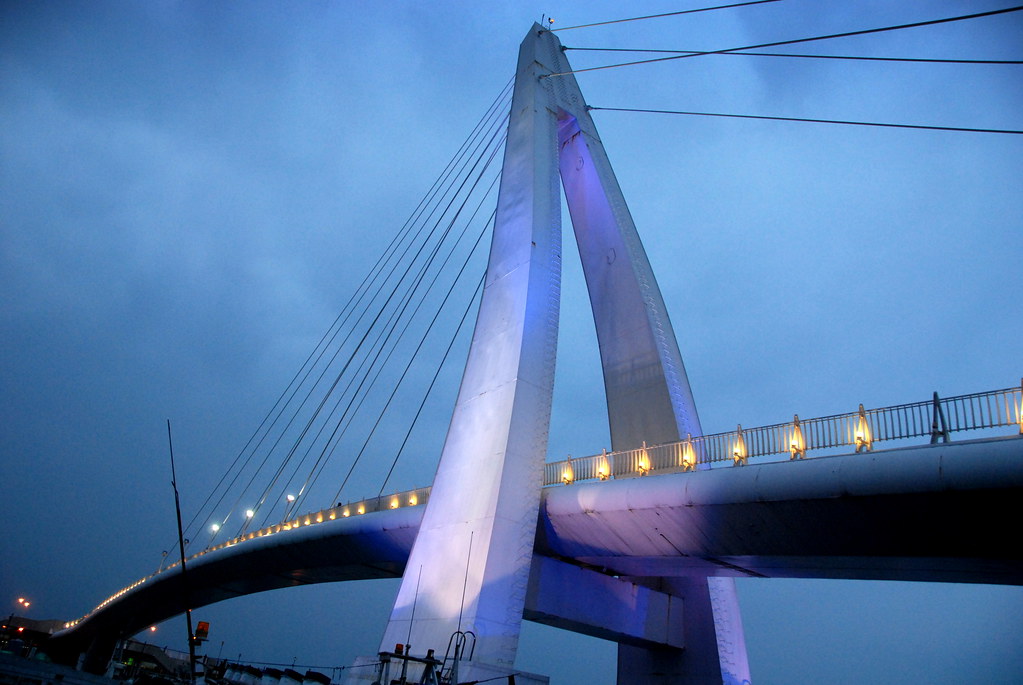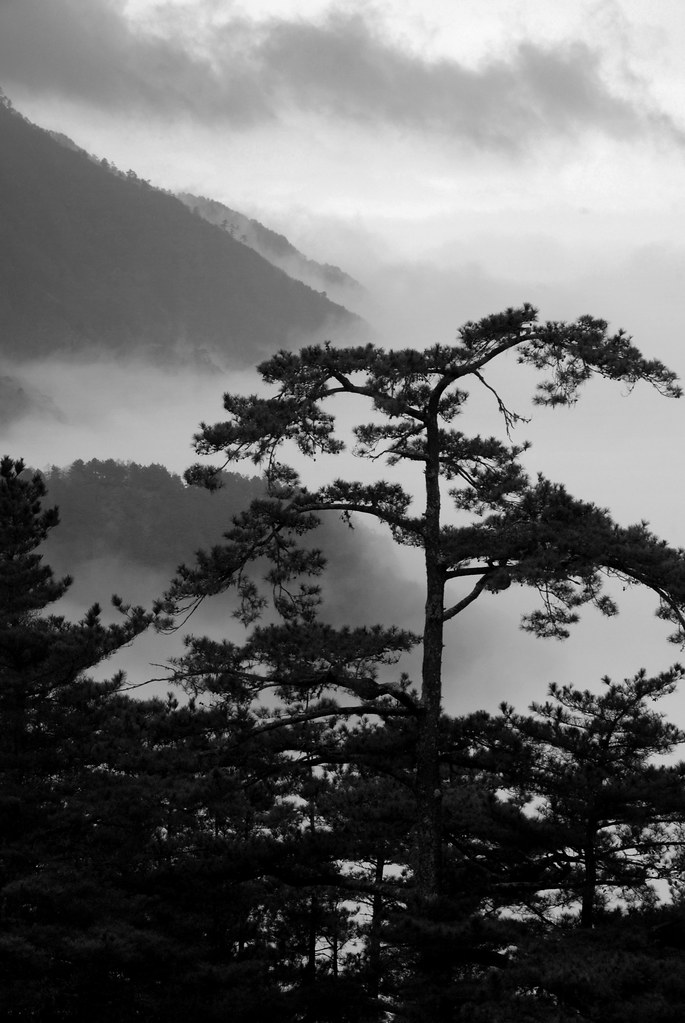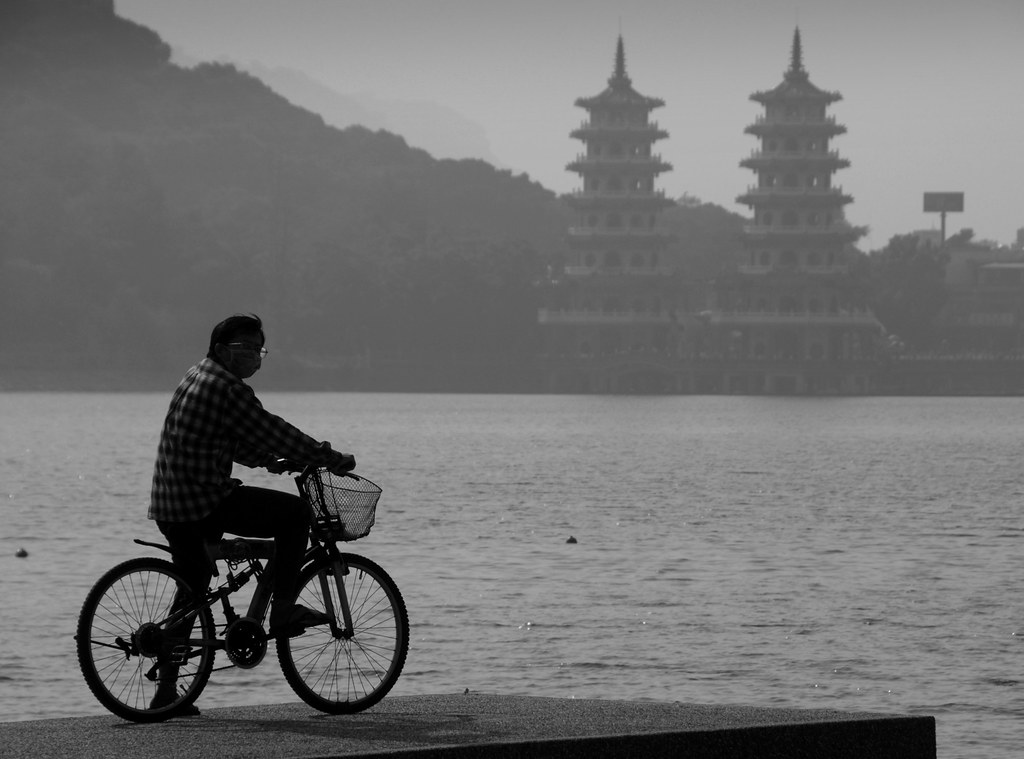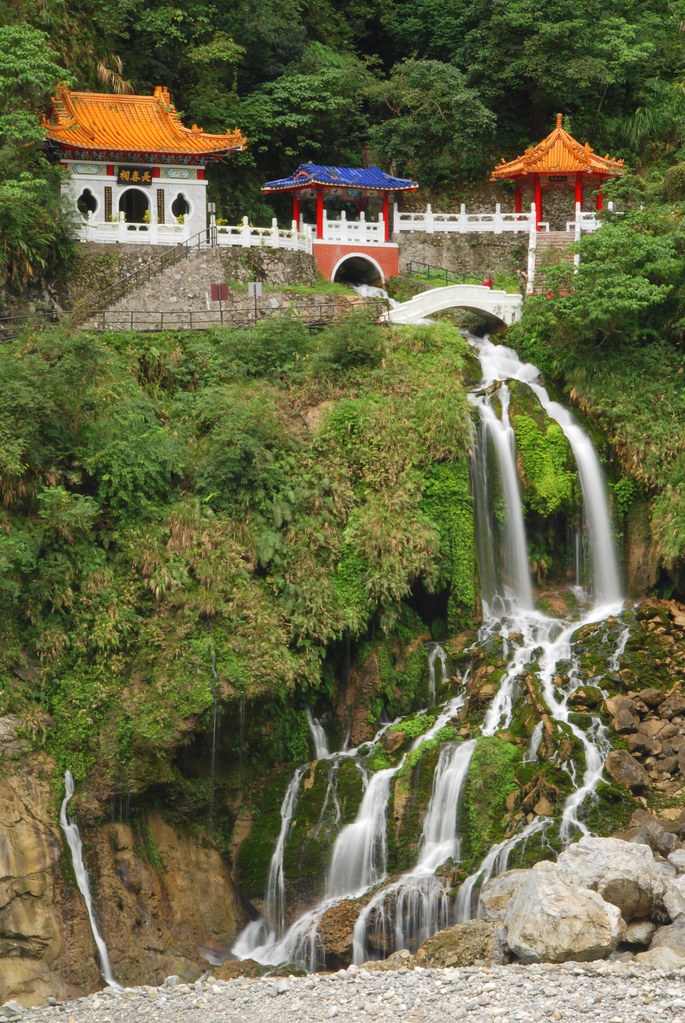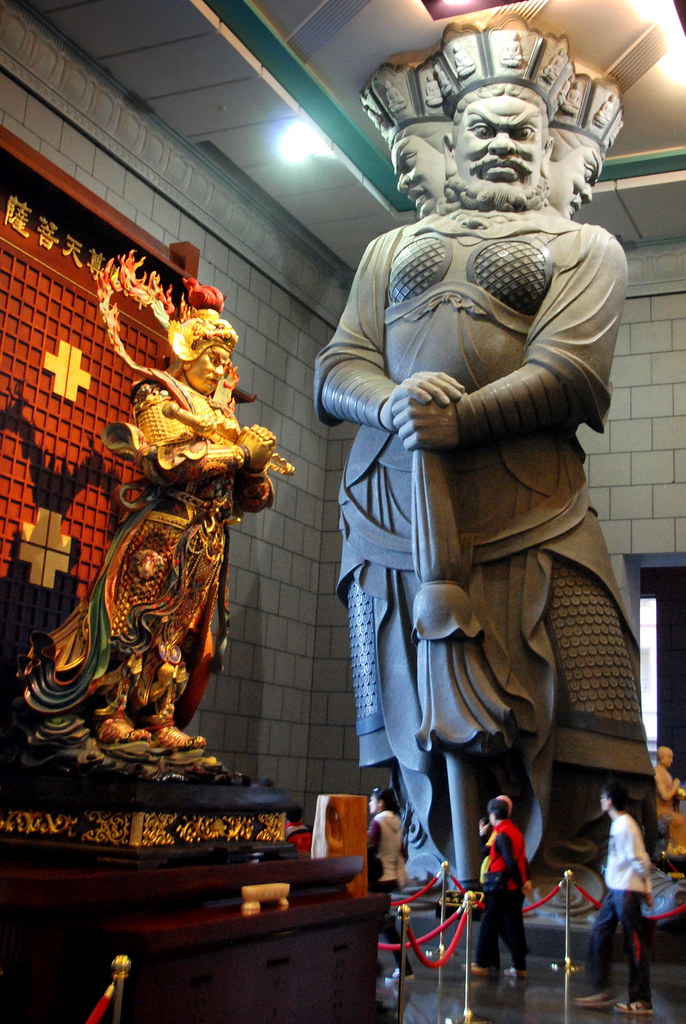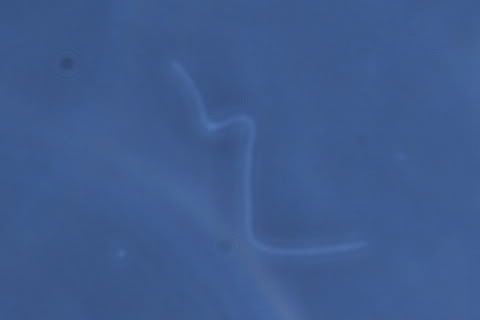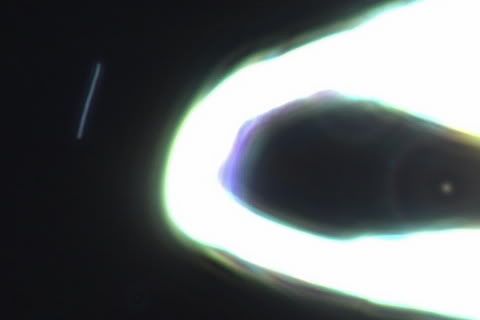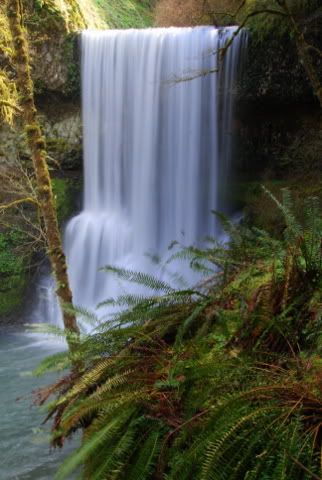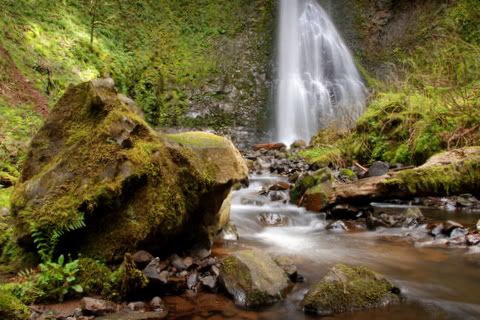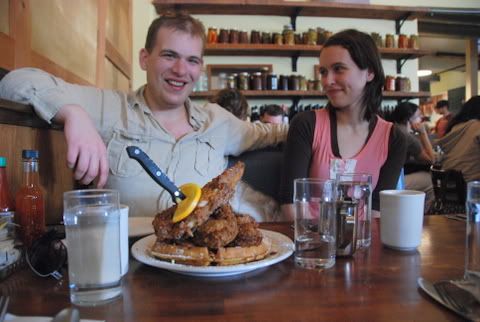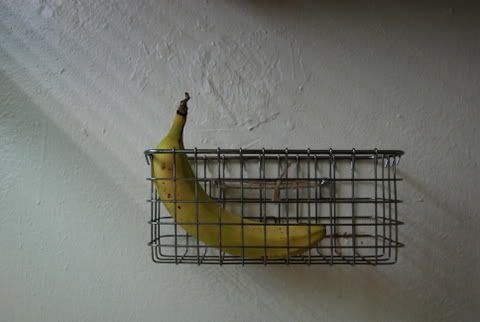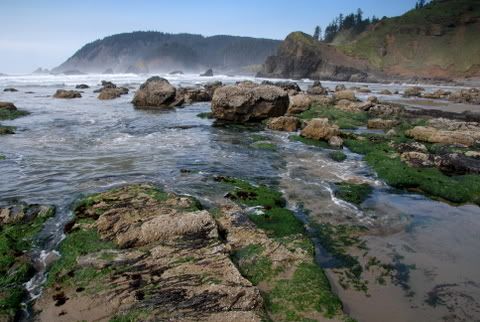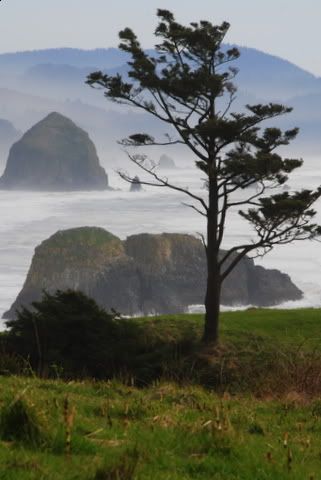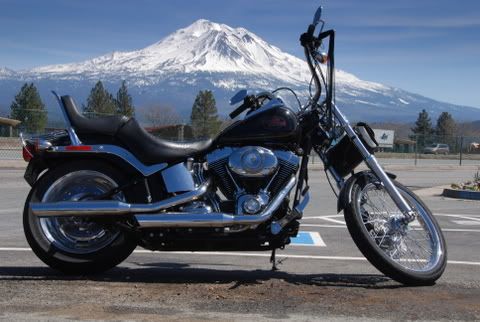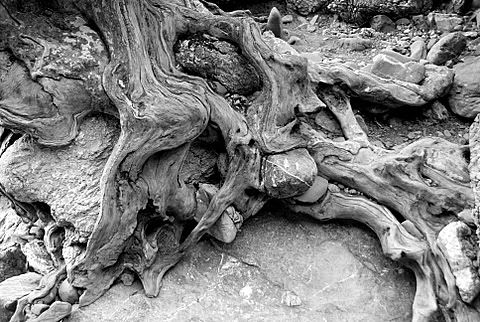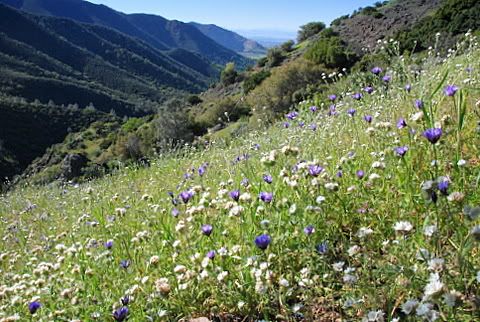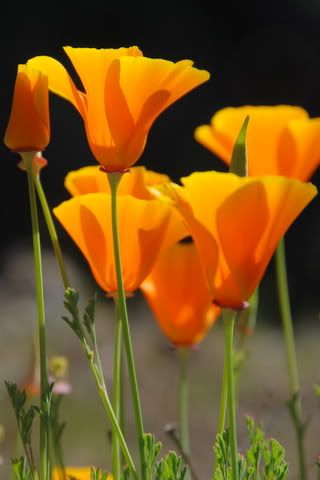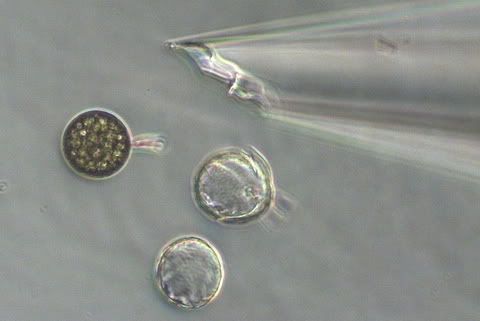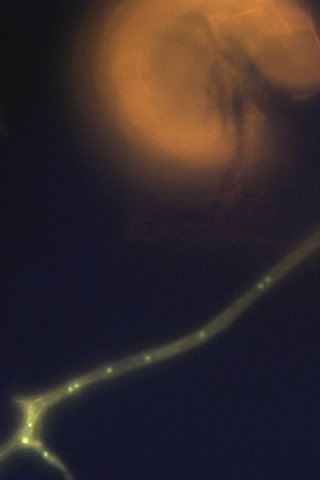 Desert Solitaire by Edward Abbey
Desert Solitaire by Edward AbbeyMy rating: 4 of 5 stars
There is a lot in the this book that resonates with someone that has spent enough time in the outdoors in one place with themselves to make grand conclusions about one's own insignificance.
Some of my favorite quotes from the book:
Language makes a mighty loose net with which to go fishing for simple facts, when facts are infinite.
The beauty of Delicate Arch explains nothing, for each thing in its way, when true to its own character, is equally beautiful (p45).
A weird, lovely, fantastic object out of nature like Delicate Arch has the curious ability to remind us- like rock and sunlight and wind and wilderness- that out there is a different world, older and greater and deeper by far than ours, a world which surrounds and sustains the little world of men as sea and sky surround and sustain a ship (p45).
Industrial Tourism is a threat to the national parks. But the chief victims of the system are the motorized tourists. They are being robbed and robbing themselves. So long as they are unwilling to crawl out of their cars they will not discover the treasures of the national parks and will never escape the stress and turmoil of the urban-suburban complexes which they had hoped, presumably, to leave behind for a while (p64).
We have agreed not to drive our automobiles into cathedrals, concert halls, art museums, legislative assemblies, private bedrooms and other sanctums of our culture; we should treat our national parks with the same deference, for they, too, are holy places (p65).
A ventursome minority will always be eager to set off on their own, and no obstacles should be placed in their path; let them take risks, for godsake, let them get lost, sunburnt, stranded, drowned, eaten by bears, buried alive under avalanches - that is the right and privilege of any free American (p69)
A man could be a lover and defender of the wilderness without ever in the his lifetime leaving the boundaries of asphalt, powerlines, and right-angled surfaces. We need wilderness whether not we ever set foot in it (p162).
Grand Canyon, Big Bend, Yellowstone and the High Sierras may be required to function as bases for guerrilla warfare against tyranny (p163).
In any case, when a man must be afraid to drink freely from his country's rivers and streams that country is no longer fit to live in (p202).
But the love of wilderness is more than a hunger for what is always beyond reach; it is also an expression of loyalty to the earth, the earth which bore us and sustains us, the only home we shall ever know, the only paradise we ever need - if only we had the eyes to see (p208).
No, wilderness is not a luxury but a necessity of the human spirit, and as vital to our lives as water and good bread. A civilization which destroys what little remains of the wild, the spare, the original, is cutting itself off from its origins and betraying the principle of civilizations itself (p211).
Henry Mountains, Utah
Its a great country; you can say whatever you like so long as its strictly true- nobody will ever take you seriously (p293).
And thus through language create a whole world, corresponding to the other world out there. Or we trust that it corresponds. Or perhaps like a German poet, we cease to care, becoming more concerned with the naming then with the things named; the former becomes more real than the later (p322).
View all my reviews

